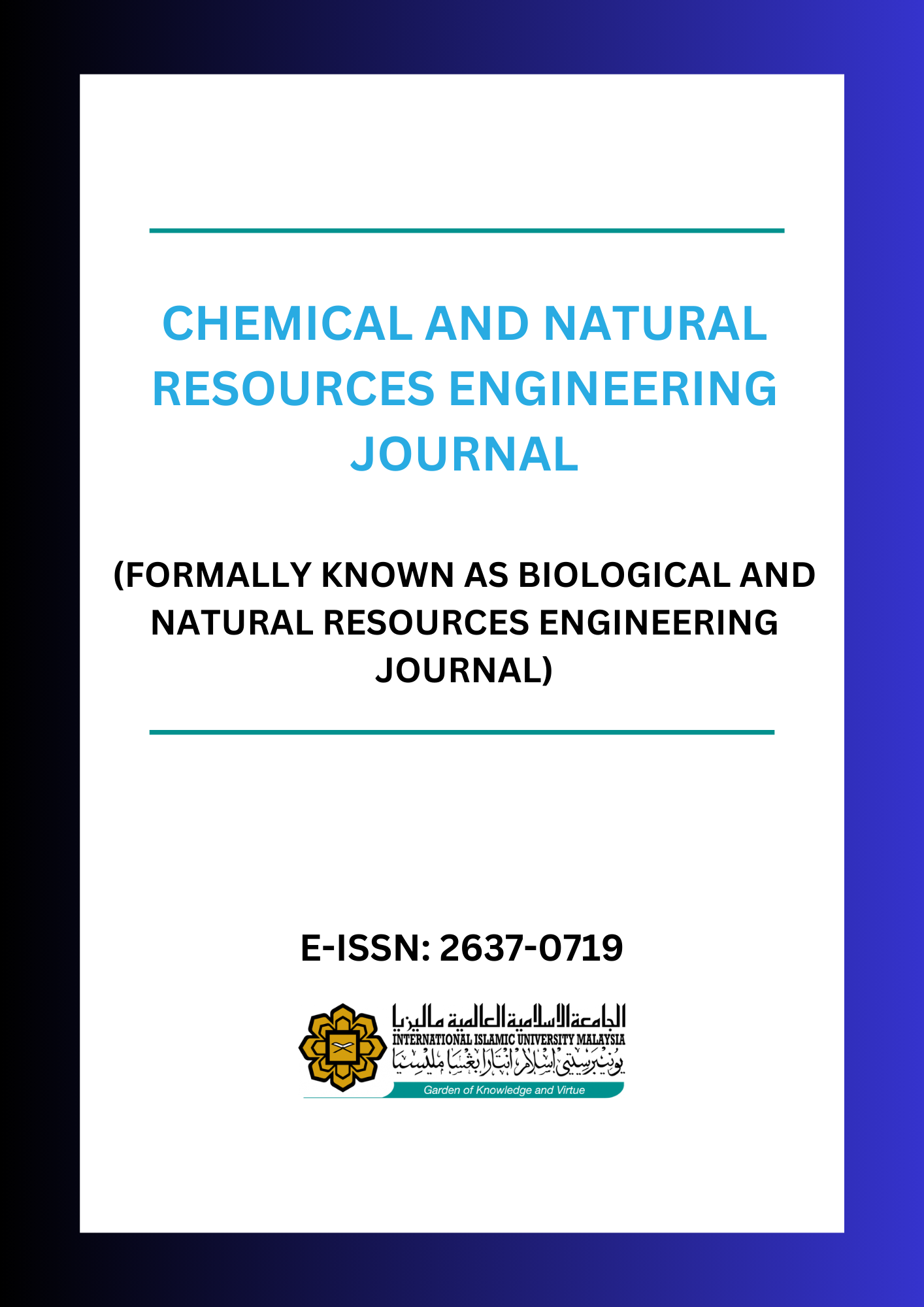MODULATION OF THERMAL PROPERTIES OF BOVINE COLLAGEN SCAFFOLD USING VARIATION OF FABRICATION TEMPLATE
DOI:
https://doi.org/10.31436/cnrej.v7i1.83Keywords:
collagen, DSC, scaffold, tissue engineering, matrix, biomaterialsAbstract
Tissue engineering and regenerative medicine are evolving towards utilising biomaterial or scaffold to regenerate tissue or organ. Scaffold plays a crucial role in the tissue or organ regeneration thus a study for the characterisation for the collagen scaffold need to be carried out. In this study, purified collagen was extracted from bovine tendon legs then the scaffold was fabricated using freeze drying method. The collagen scaffold was dehydrothermally treated and crosslinked with glutaraldehyde and followed by differential scanning calorimetry (DSC) analysis. From DSC analysis, the glass transition temperature, Tg for the sample in small pan with dimension 8.5cm×8.5cm×4cm is 60?C and 145?C for both without and with 1.0% glutaraldehyde crosslink respectively. The glass transition temperature for small pan is high which means that it is strong and rigid. Strong and rigid scaffold is needed in order to withstand the harsh condition within human body for the case of intestinal regeneration. Scanning electron microscopy (SEM) and Fourier transform infrared (FTIR) spectroscopy are other techniques that can be used to further characterise collagen scaffold for its surface morphology also for its functional groups.
Downloads
References
I. V. Yannas, D. S. Tzeranis, B. A. Harley, and P. T. C. So, “Biologically active collagen-based scaffolds: Advances in processing and characterization,” Philos. Trans. R. Soc. A Math. Phys. Eng. Sci., vol. 368, no. 1917, pp. 2123–2139, 2010.
F. J. O. Brien and L. J. Gibson, “The effect of pore size on cell adhesion in collagen- GAG scaffolds .,” vol. 26, no. 4, 2005.
B. A. Harley and L. J. Gibson, “freeze-dried collagen-GAG scaffolds .,” vol. 25, no. 6, 2004.
E. Kontou and V. Kefalas, “Physical and chemical cross-linking effects in polyurethane elastomers,” no. July 1990, 2016.
Downloads
Published
How to Cite
Issue
Section
License
Copyrights of all materials published in Biological and Natural Resources Engineering Journal are held exclusively by the Journal and their respective author/s. Any reproduction of material from the journal without proper acknowledgment or prior permission will result in the infringement of intellectual property laws. If excerpts from other copyrighted works are included, the Author(s) must obtain written permission from the copyright owners and credit the source(s) in the article.







